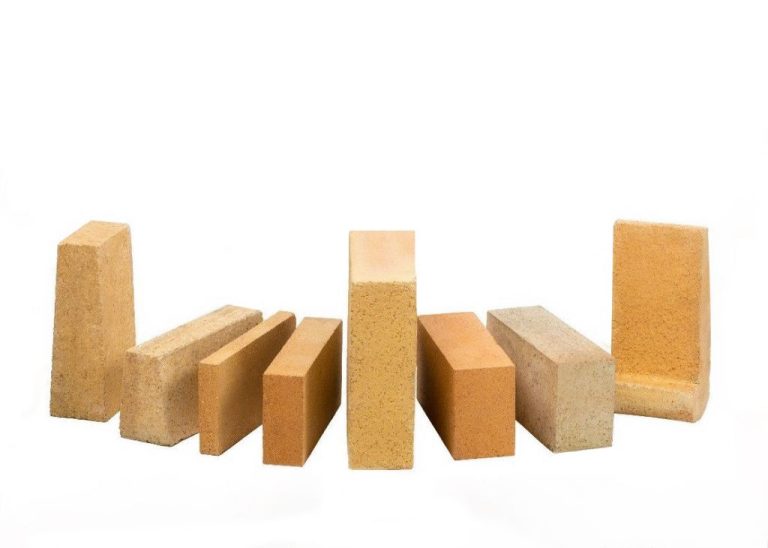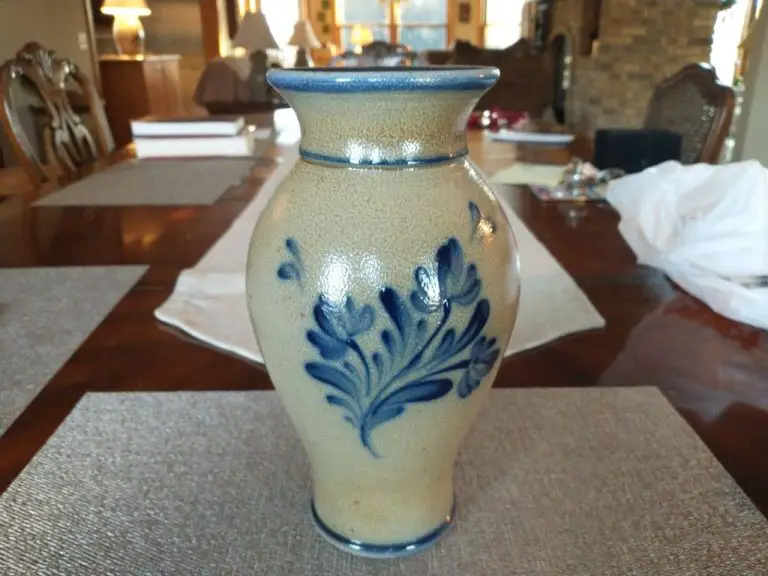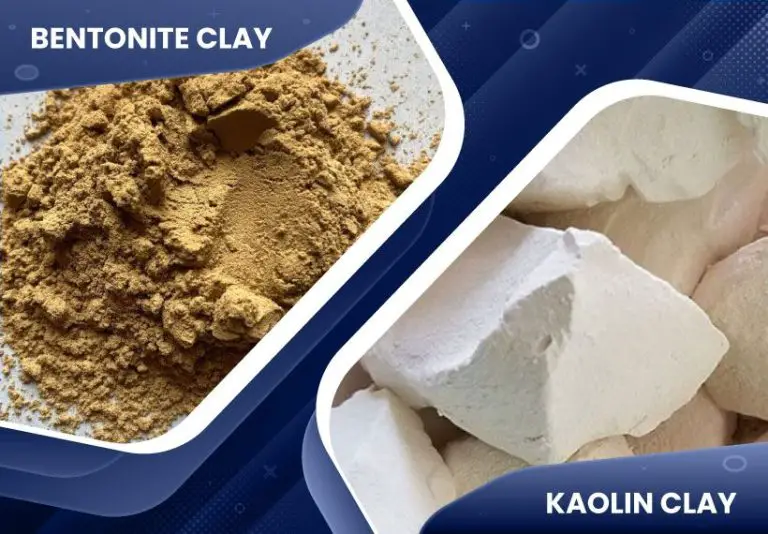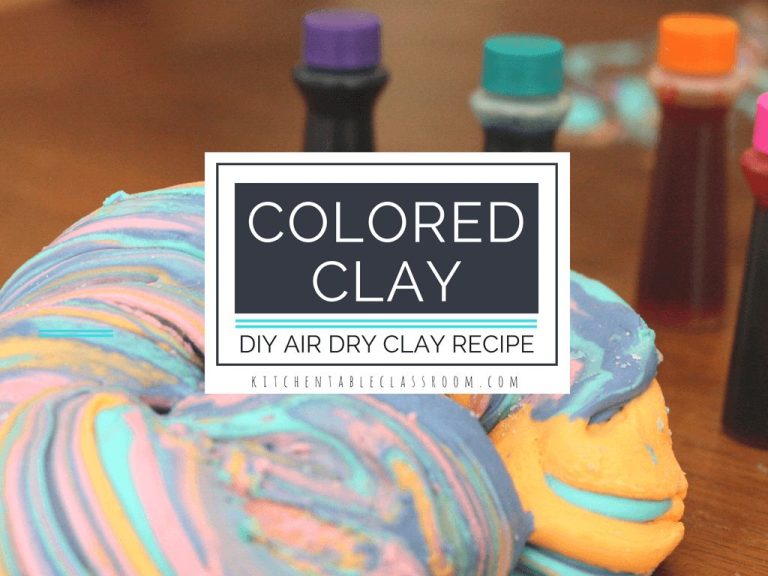What Goes Well With Clay?
Clay is an incredibly versatile material used in art and crafts. The term clay refers to a naturally occurring material composed of fine-grained minerals that hardens when fired at high temperatures. Clay can be molded into any shape when wet, and retains that shape when dried and fired. This makes it ideal for sculpting, throwing pottery on a wheel, handbuilding vessels, and creating decorative or functional objects.
There are many different types of clays, each with their own characteristics. Some clays are smooth and easy to work with, while others contain grit or grog that provides texture. The firing temperature and coloration after firing also varies between clay bodies. When working with clay, it’s important to choose materials and techniques that pair well with the specific clay type, in terms of both aesthetics and functionality.
The goal of this article is to explore what types of materials, glazes, and methods work well with different clay bodies. We’ll provide tips on pairing clays with slips, underglazes, glazes, decorative techniques, kiln temperatures, and more for beautiful, functional finished pieces.
Porcelain
Porcelain is a type of clay that is commonly used for pottery, tableware, and decorative items. It’s known for its white color, fine texture, and translucency after firing. Porcelain has some unique properties that make it well-suited for certain pairings.
Porcelain clay contains kaolin clay and feldspar, giving it high plasticity and strength when shaped. However, porcelain lacks iron and minerals that give color. This allows it to be bright white after firing, accepting colored glazes and decorations.
Porcelain can be fired to very high temperatures, over 2300°F. At these high temperatures, the clay vitrifies and becomes non-porous. This makes porcelain durable and water resistant. The high firing temperature also makes porcelain less susceptible to scratches and staining.
When choosing glazes for porcelain, low-fire glazes won’t mature properly at porcelain’s high firing temperature. Specialty porcelain glazes are needed, often with a higher clay and feldspar content. Underglazes in porcelain are also formulated for these high temperatures. Popular pairings include vibrant colored glazes, gold leaf accents, and hand-painted designs.
The smooth white surface of porcelain also pairs beautifully with etching, allowing for intricate etched patterns. Engraving or impressing designs into leather-hard porcelain can create dramatic results when combined with glazes.
Porcelain’s translucent quality also makes it ideal for pairing with lighting. Back-lit porcelain or electric lights fitted into porcelain sculptures make light dance through the clay body in mesmerizing ways.
With its strength, porcelain suits delicate forms like thin-walled cups or detailed figurines that would crack under high-fire temperatures with other clays. All of these qualities make porcelain a prized clay for tableware, tiles, decorative objects, and art pieces.
Stoneware
Stoneware clay is a very strong, dense clay that becomes vitrified and waterproof during firing. It is usually fired between 2,200°F and 2,400°F. Stoneware has excellent thermal shock resistance, making it suitable for both ovenware and beverage mugs. It comes in a range of colors from white to gray to brown. When compared to earthenware, stoneware has a smoother texture and feel.
Some of the best pairings for decorating stoneware clays include:
- Colored slips – Can be used to coat the clay body before firing for a bold, uniform surface color.
- Glazes – Work well on stoneware’s vitreous body. Many glazes are formulated specifically for mid-range stoneware temperatures.
- Stains – Allow for coloring designs on the clay surface under a clear glaze.
- Underglazes – Can be painted onto greenware and will fuse into the glaze during firing.
Stoneware requires a kiln capable of reaching at least 2,200°F. Slow bisque firings are recommended to prevent cracking and warping. Firing schedules should include controlled cooling as well to prevent thermal shock. With good preparation and firing, stoneware can result in very durable, functional ware.
Earthenware
Earthenware is one of the most commonly used pottery clays. It is less refined and contains more impurities than other clays, giving it a coarse, grainy texture. Earthenware clays are porous when fired at lower temperatures, typically between 1700-2100°F. The porosity makes earthenware absorbent and suitable for functional pottery like mugs and bowls.
Some common properties and uses for earthenware clay include:
- Absorbs water easily, requiring a sealing glaze like a terra sigillata.
- Fired at lower temperatures, making it less durable but easier to fire in a simple kiln.
- Ideal for handbuilding techniques like pinch pots and slab building.
- Good for food-safe functional pottery with proper glazing.
- The coarse texture provides an organic, rustic look.
Earthenware takes stains and engobes well before firing due to its porosity. Engobes with mineral pigments like iron, copper, and cobalt adhere nicely and produce vibrant colors. Earthenware can also be left unglazed for a natural terracotta finish.
Low-fire earthenware pairs well with low temperature glazes, colored slips and engobes. The absorbed coloring accentuates the handcrafted look. Most earthenware requires glazing to be functional for food and drinkware. Consider a terra sigillata, white slip, or low-temperature glaze to seal the surface.
Raku Clay
Raku is a low-fired earthenware clay known for its cracking effects and ability to withstand rapid cooling. It has unique properties that make it stand out from other clays.
Raku clay contains a high amount of porosity, allowing it to contract quickly when removed from the kiln at a low temperature. This rapid cooling results in cracking patterns on the surface called “crazing.” Glazes applied to raku can also crackle and break during firing, leaving interesting textured effects.
Raku clay is often paired with materials like horsehair or feathers which leave imprints when pressed against the clay after firing. The porous, absorptive nature of raku allows the clay to capture carbon from these materials, resulting in beautiful black line designs.
Firing raku involves heating pieces in a kiln to around 1600-1800°F. At this low temperature, the clay does not fully vitrify. Pieces are then removed from the kiln while glowing hot and placed into containers with combustible materials like sawdust or leaves. This reduction atmosphere deprives the clay of oxygen, altering the colors and finishes of the glazes in distinctive ways.
With its cracking effects, carbon trapping abilities, and unique firing process, raku clay stands out for its rustic, organic finishes. It pairs beautifully with natural materials like horsehair, feathers, and leaves to create one-of-a-kind works of art.
Modeling Clay
Modeling clay, also known as plasticine, is an oil-based clay that can be shaped into anything. It’s popular for sculpting and mold making. Modeling clay is available in a wide variety of colors. Unlike other clays, modeling clay never hardens so creations can be reworked and reused indefinitely. This makes it a great choice for practicing sculpting techniques or making clay models.
Some key properties of modeling clay include:
- Pliable texture that’s easy to shape by hand
- Never dries out or hardens
- Non-toxic and safe for kids
- Holds fine detail well
- Can be blended to create custom colors
Modeling clay pairs beautifully with acrylic paints which can be used to add color and designs. Clear acrylic finishes and varnishes can also be applied to give a glossy look and light protection to the clay surface. Since modeling clay remains flexible indefinitely, there is no need for special curing or baking.
Overall, modeling clay is a fun medium for freeform sculpting, crafts, and non-permanent clay projects. Its soft texture and limitless workability make it a great choice for beginners and an excellent pairing option with acrylic art supplies.
Air-Dry Clay
Air-dry clay is a lightweight, non-hardening modeling material made of an unglazed ceramic compound. Unlike other clays that require firing, air-dry clay simply dries and hardens through exposure to air. Some of the properties that make air-dry clay a popular pairing option include:
Quick Drying Time – Air-dry clay fully dries within 24-48 hours, much faster than clays requiring firing. This allows projects to be completed quickly.
Lightweight – The compound used to create air-dry clay is lightweight, making large sculptures easier to craft and move.
Easy to Use – Air-dry clay is ready to use straight out of the package with no prep needed. It also doesn’t stain or stick to hands and tools as much as traditional clay.
Low-Mess – Without the need for water, air-dry clay projects are cleaner with less mess or cleanup.
Some of the best mediums that pair well with air-dry clay include oil pastels, acrylic paints, watercolors, colored pencils, and markers. The smooth surface readily accepts color from any of these mediums to bring sculptures to life.
Polymer Clay
Polymer clay is a very popular type of clay for crafters and artists. It has some unique properties that make it stand out from other clays:
Properties:
Polymer clay can be shaped, sculpted, and molded when raw. It stays workable and flexible until you bake it in the oven. Once baked, it hardens into a durable, lightweight plastic. Polymer clay doesn’t ever dry out or become brittle. It comes in a wide variety of bright, vibrant colors that remain true after baking. The surface of baked polymer clay has a slight glossy finish.
Best Pairings:
Polymer clay is great for using with:
- Molds – You can press polymer clay into molds to create detailed shapes and designs.
- Textures – You can roll bits of polymer clay onto textured items like lace to imprint patterns.
- Liquid clays – Adding liquid polymer clays creates dimensional, glossy effects.
Baking:
Polymer clay must be baked in an oven to cure and harden the material. Follow manufacturer’s instructions for proper baking time and temperature. Baking temp is typically around 265°F for 15 minutes per 1/4 inch thickness.
Choosing Pairings
When selecting pairings for clay projects, consider the following tips:
For beginners, start with simple, versatile clays like air-dry or polymer that can be easily shaped, baked at home, and paired with a range of materials. Metal charms, beads, sequins, and found objects can create interesting effects. Avoid heavy materials that may cause lightweight clay to break.
If aiming for realism, oil- or water-based clays capture fine details well and complement natural materials like feathers, shells, or leaves. Smooth surfaces also showcase metallic paints and glitter nicely.
For structural integrity with heavy materials like glass, opt for sturdier clays like stoneware or porcelain. Ensure proper drying and baking to prevent cracking under the weight. Score surfaces for better adhesion if attaching distinct clay bodies.
Match clay color with pairings for a cohesive look. Earthy tones in modeling or air-dry clays can coordinate nicely with natural fibers, wood, leather, or neutral beads. Vibrant polymer clays pop against black fabrics or acrylic paints.
Consider firing requirements, especially if combining clays. Porcelain may withstand stoneware’s higher temperatures, but stoneware risks under-firing in porcelain kilns. Consult manufacturers to confirm compatibility.
Preview aesthetics together before bonding permanently. Arrange, hold, or lightly attach pairings to evaluate visual appeal and balance. Keep trying new combinations until you achieve the perfect creative vision.
Conclusion
There are many creative possibilities when pairing different materials with clay. Porcelain and stoneware clays are great for functional pieces like mugs, plates, and vases that can be paired with food and drink. Glazes and underglazes allow for beautiful colors and designs. Earthenware clay can be decorated with natural materials like leaves, sticks, and seeds pressed into the surface. Raku and modeling clays are often paired with metal embellishments like wire, beads, and found objects. Polymer clay allows for mixing in mica powders, alcohol inks, foils, beads, fibers, and more to create stunning effects. Air-dry clay pairs well with paints, tissue paper, glitter, feathers, and other lightweight materials that can be compressed into the surface. No matter what type of clay is chosen, the options for creative pairings are endless.




